
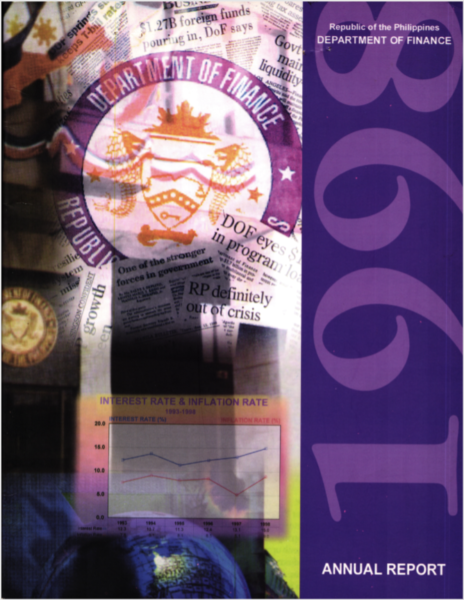
The year 1998 brought dramatic changes in both the regional and international economic environment. The crisis-affected Asian economies experienced drastic decline in output, a complete reversal from the robust growth they registered in the earlier part of the decade. ln the Philippines, the lingering effects of the regional contagion and the twin weather disturbances – the El Nifro and the La Nifra phenomena – slowed down domestic economic activity. But the Philippines proved more resilient than its neighboring countries. It emerged as the only economy in theASEAN excluding Singapore which recorded a positive economic growth in 1998.
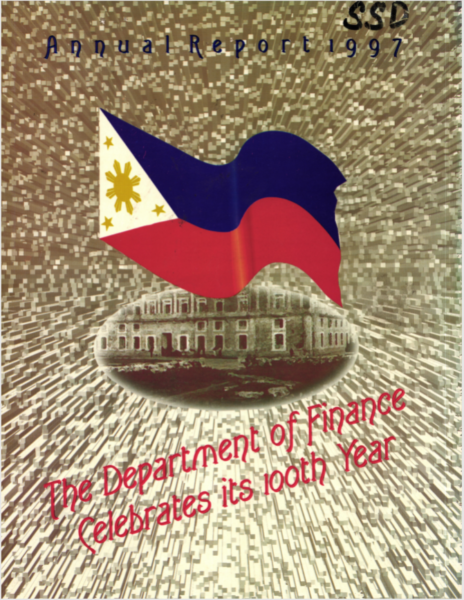
The year 1997 turned out to be a challenging year for the Philippine economy. The domestic economy was well on its way to achieving another banner year until it was derailed by the currency turmoil in East Asia and the El Nino phenomenon. Despite these setbacks, the economy managed to sustain its growth momentum as it posted real GNP growth of 5.8 percent in 1997 , a slight deceleration from the 6.9 percent growth registered in 1996.
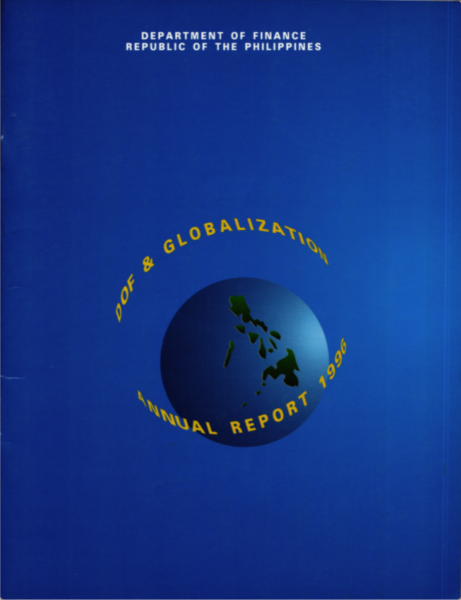
The year 1996 witnessed a magnificent leap of a growing economy. Breaking away from traditional patterns of forward and backward steps, the Philippine economy iumped past familiar hurdles and attained an impressive 6.8 percent real growth rate. With the previous year’s growth leve1 of 5 percent, the Philippines appears to be on its way towards achieving the growth pace of its East Asian neighbors and firmly establishing itself as the newest Asian “tiger” by the year 2000.
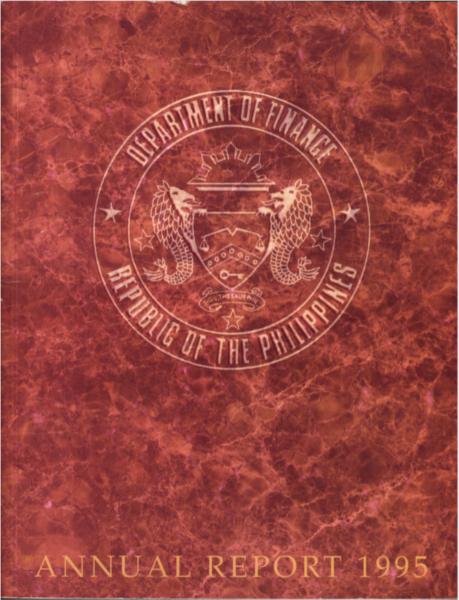
The primary task of government in 1995 was to sustain the economic gains of the past year. This required the implementation of two basic strategies:
1) Maintenance of prudent financial and fiscal policies to prevent macroeconomic imbalances that impede development; and 2) Continued pursuit of structural and social reforms to ensure economic growth and a fair distribution of its benefits.
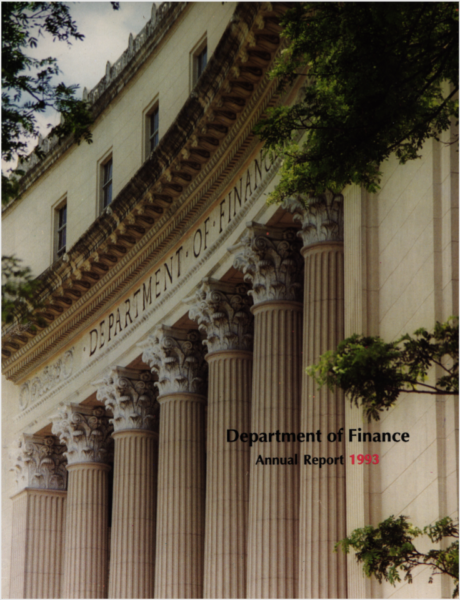
For the Department of Finance, it was a year of contrasts. The Economic Stabilization Program for 1991 -1992, which featured stiff budgetary cuts and better expenditure allocation, had produced the desired results. The first few months of 1993 were encouraging. lnvestments were coming in. The improved political stability had boosted the private sector’s confidence in the government.



